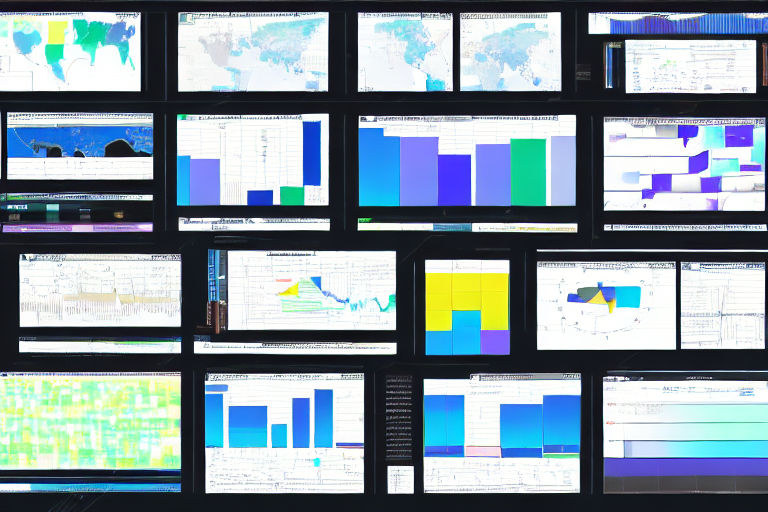Maximizing Your Data Analysis: Advanced Visualization Techniques
Data analysis is an essential process for businesses to collect and interpret data to make informed decisions. However, data alone is worthless without the ability to visualize and communicate clearly. With advanced visualization techniques, businesses can get a better understanding of their data and make more insightful decisions. Here are some ways to maximize your data analysis through advanced visualization techniques.
Heatmaps
Heatmaps are an effective and efficient way to analyze business data. They allow you to interpret large amounts of data by using color to represent the concentration of values. Heatmaps display patterns in data, which are difficult to see in spreadsheets.
Box and Whisker Plots
Box and whisker plots are excellent for displaying statistics, such as the quartiles and median. They demonstrate the distribution of data and enable easy comparison between multiple groups. A box and whisker plot visually conveys the variability of your data, including the range of your data and any outliers.
Scatter Plots
Scatterplots are used to analyze correlations between two variables. They allow businesses to analyze correlation and regression graphs for decision-making. Using one variable as the x-axis and the other as the y-axis, businesses can interpret the relationship between them visually.
Treemaps
Treemaps are efficient at displaying data patterns within a large dataset. They use rectangular shapes to represent different levels of data. The size and colors of the rectangles depict the dimensions of the data.
Sankey Diagrams
Sankey diagrams allow businesses to see how data flows through a system. They display the path of information visually, and the widths of the paths represent the amount of data moving through each section. These diagrams are useful in understanding the flow of the supply chain.
In conclusion, to make the most out of your data analysis, you need effective visualization techniques. These five tools are just the tip of the iceberg when it comes to the many advanced visualization techniques available. Choose the right tool, and use it effectively to create a more in-depth understanding of your data.



